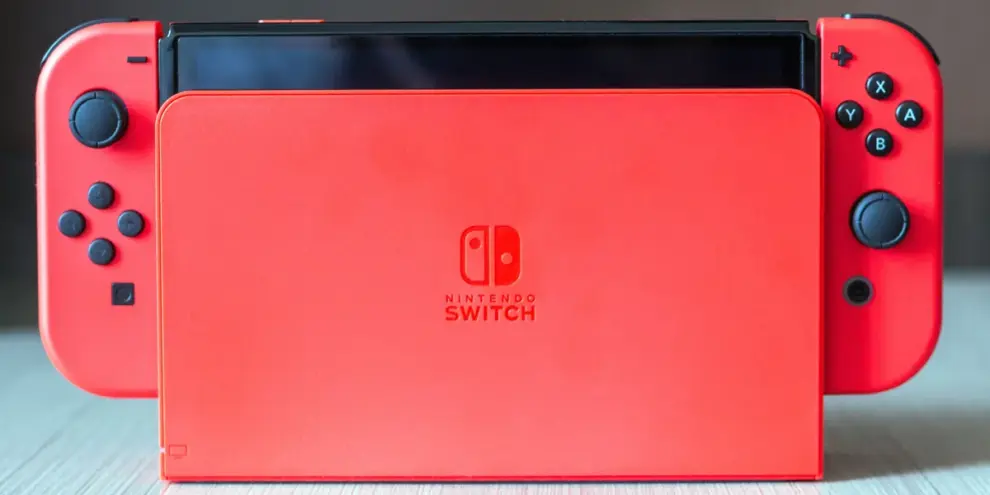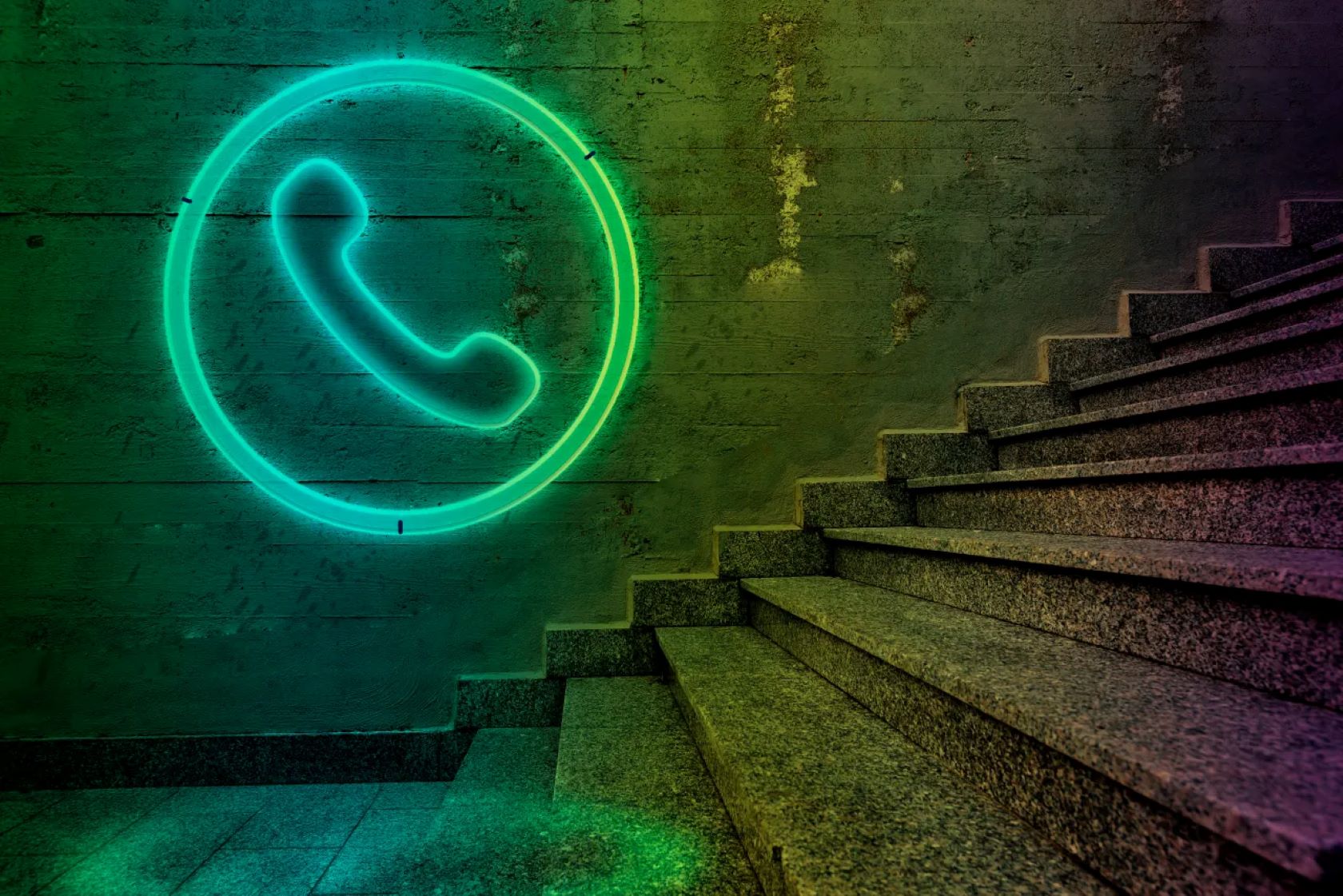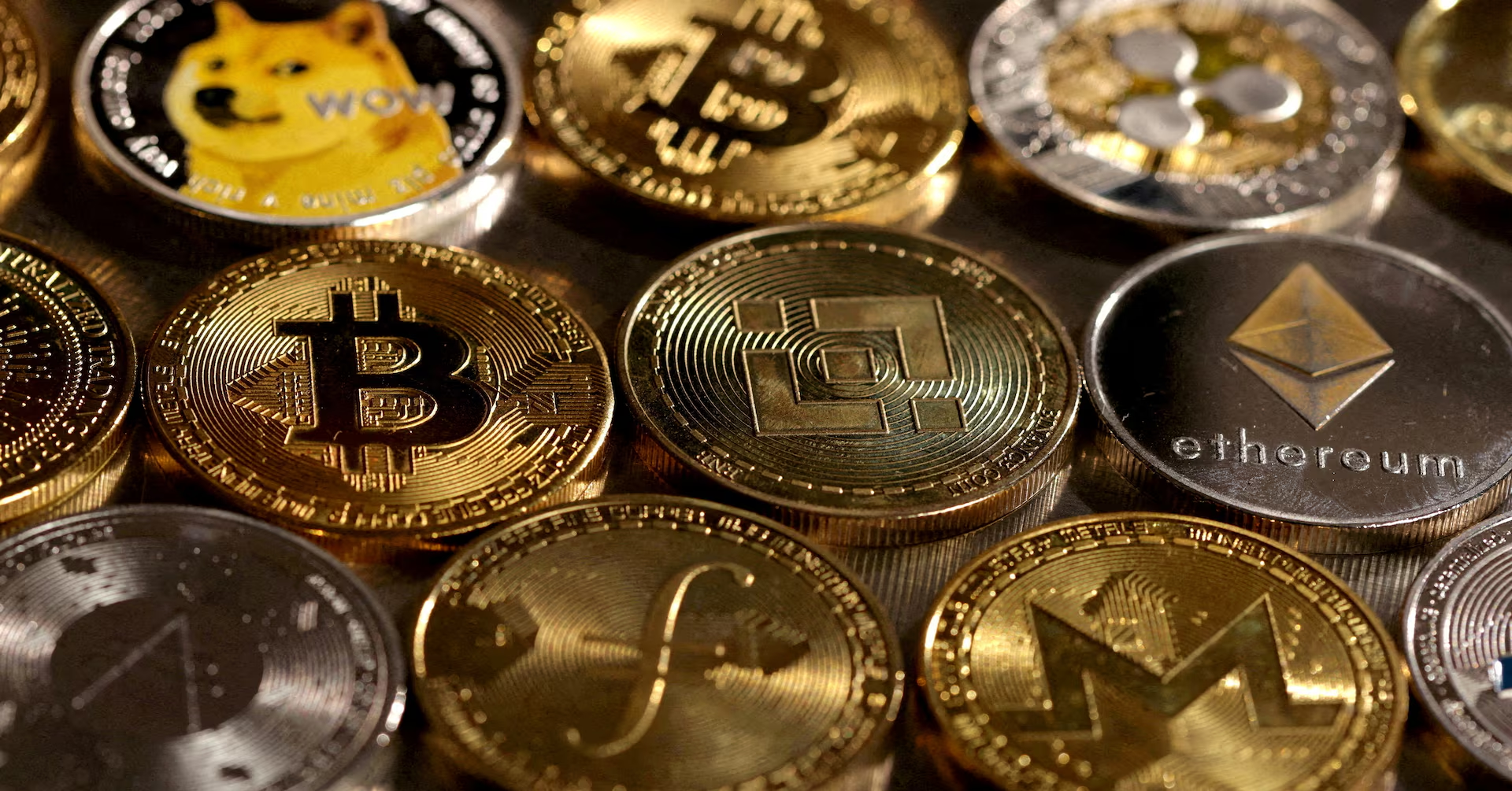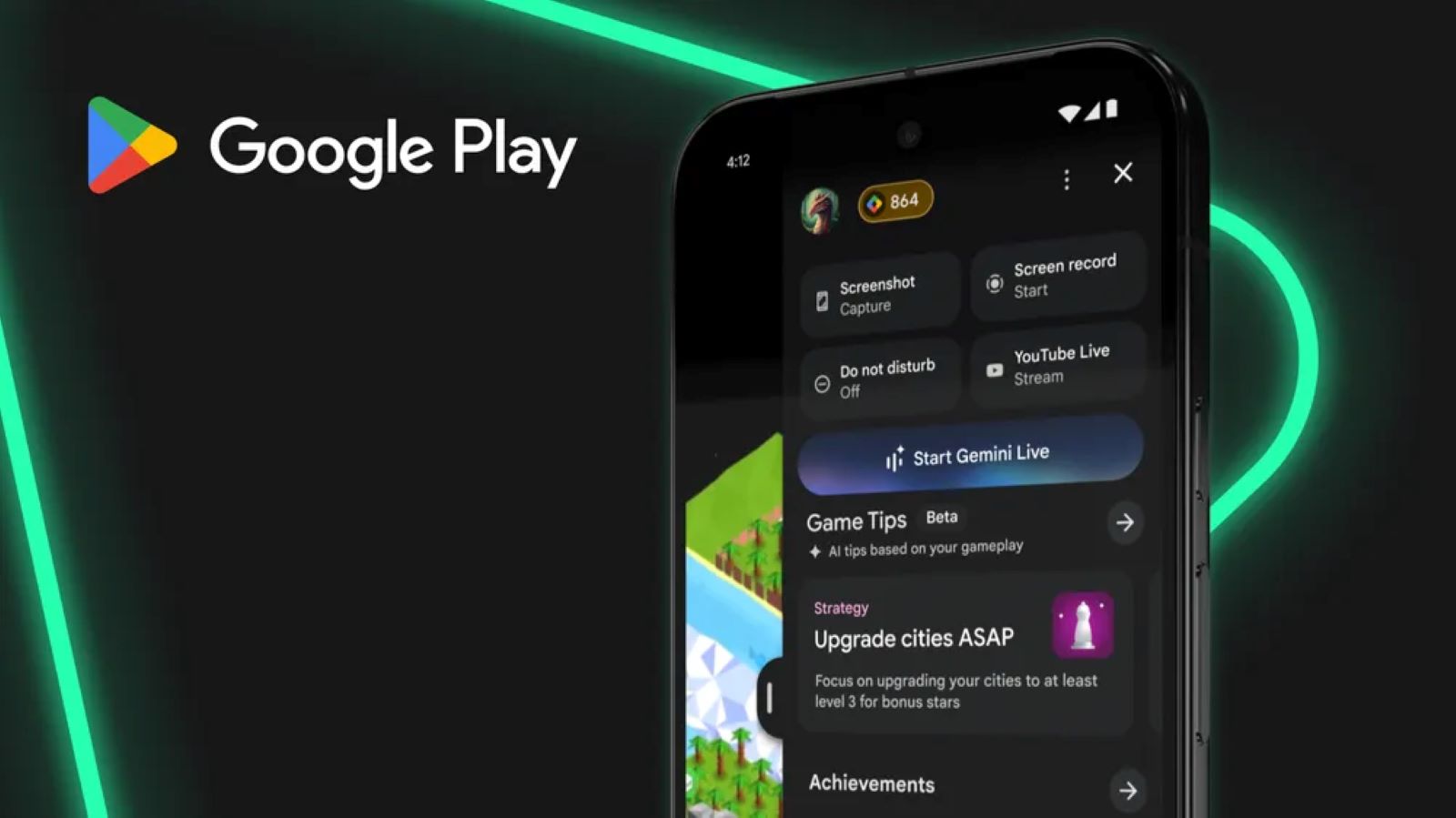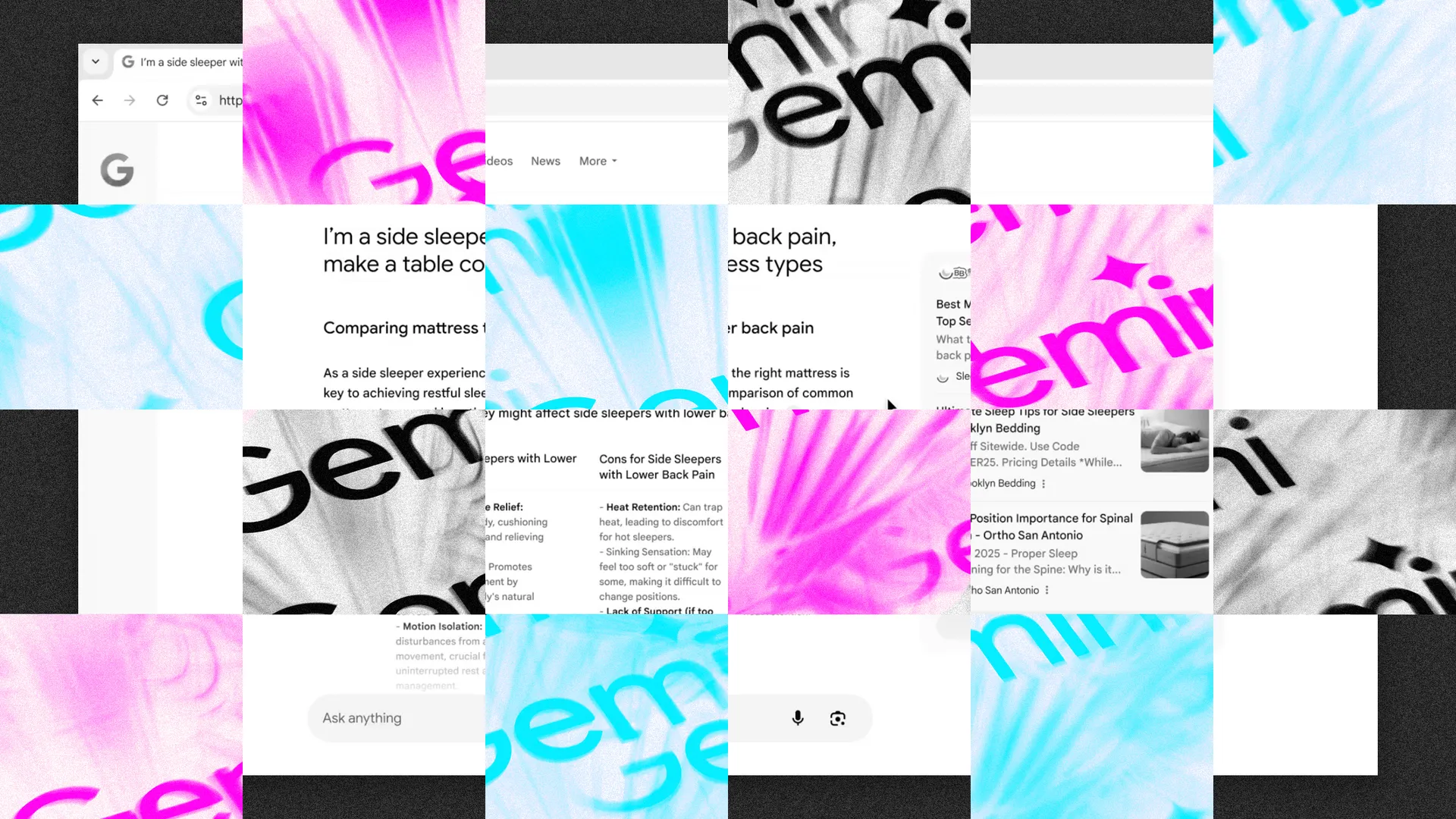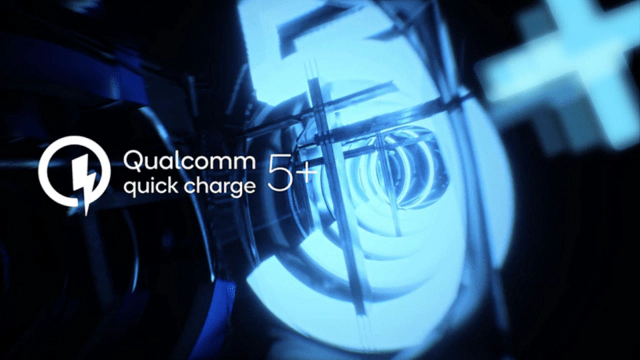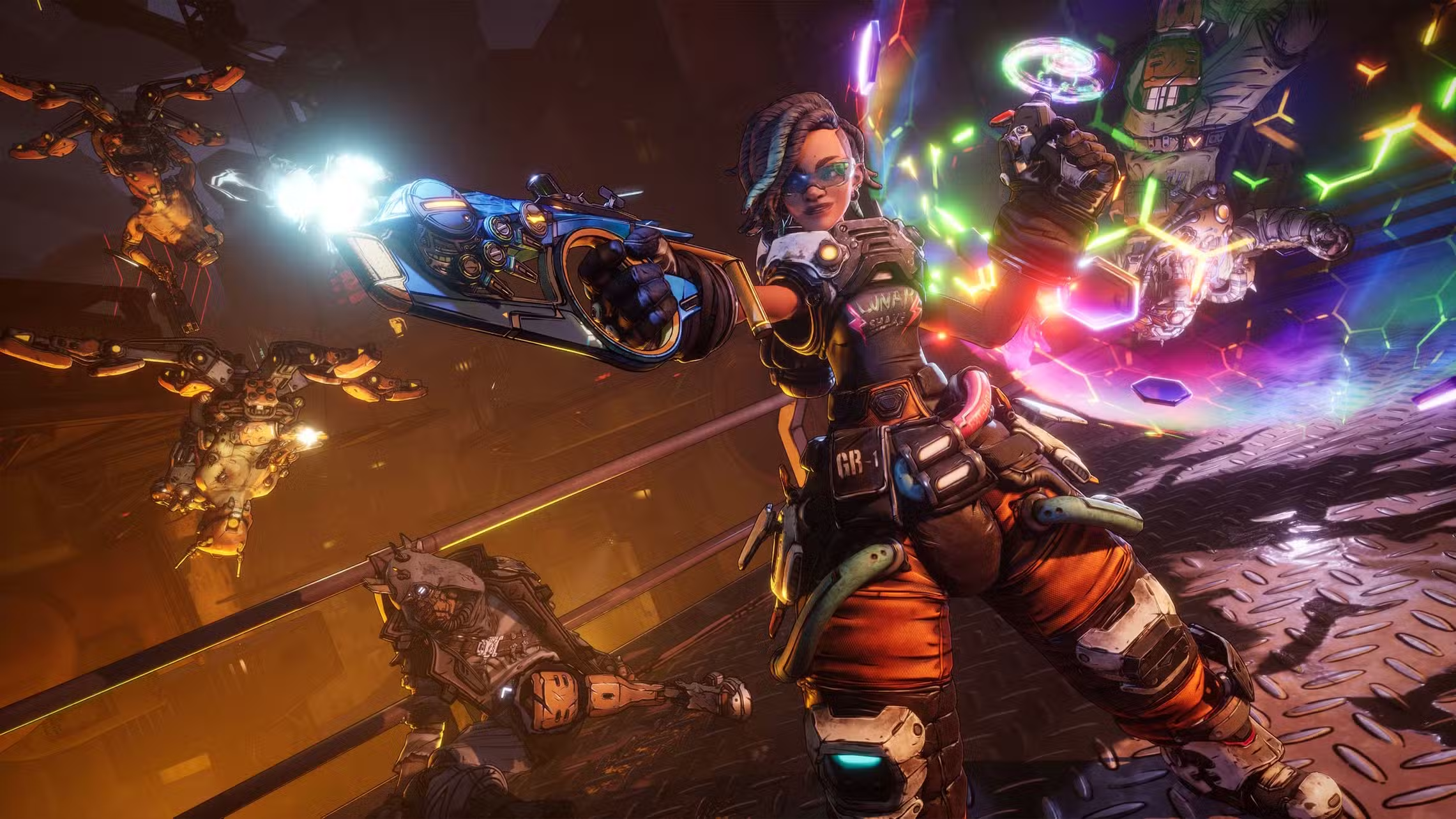The highly anticipated Nintendo Switch 2, which launched globally on June 5, 2025, has ignited a fervent discussion within the gaming community. As the successor to a console that sold over 150 million units, the Switch 2 carried immense expectations. Now, with the dust settling from its initial release, players and critics are divided. While some praise its powerful hardware and upgraded capabilities, others question if the console truly delivers on the “next-generation” experience, especially given its premium price point and what some perceive as a lack of truly groundbreaking new features.
Key Takeaways:
- The Nintendo Switch 2 launched on June 5, 2025, priced at $449.99 in the US.
- It boasts a 7.9-inch 1080p LCD display with HDR10 and VRR, a significant upgrade from its predecessor’s 720p screen.
- Powered by an Nvidia Tegra T239 SoC, it offers significantly enhanced CPU and GPU performance, including DLSS and ray tracing capabilities.
- Internal storage has increased to 256 GB, expandable via microSD Express cards up to 2 TB.
- New features include Joy-Con 2 controllers with magnetic attachment and mouse-based controls, as well as “GameChat” for in-game voice communication.
- Community sentiment is split, with praise for performance and graphics but criticism for battery life, screen motion blur, game pricing, and perceived lack of truly novel experiences.
- Nintendo’s communication regarding pricing and developer kit availability has drawn scrutiny.
The Hardware Evolution: A Leap Forward, or Just Catching Up?
The Nintendo Switch 2 retains the successful hybrid design of its predecessor, allowing players to seamlessly transition between handheld and docked play. However, under the hood, Nintendo has introduced substantial upgrades.
Display and Visuals
One of the most immediate improvements is the 7.9-inch LCD screen, which now outputs at 1080p resolution (279 ppi) and supports HDR10 and Variable Refresh Rate (VRR) up to 120 Hz. This is a noticeable jump from the original Switch’s 6.2-inch 720p panel. When docked, the console can output up to 1440p at 120 Hz or 4K resolution at 60 Hz via HDMI 2.1, with HDR10 support. These enhancements promise sharper visuals, more vibrant colors, and smoother gameplay, especially for compatible titles.
However, the choice of an LCD over an OLED panel, a feature found in the previous Switch OLED model, has been a point of contention. While the LCD is praised for its clarity and HDR capabilities, some users accustomed to the deep blacks and contrast of OLED screens feel it’s a step back in display technology for a premium console. Reports also indicate some users are experiencing noticeable motion blur and dirty screen effect, particularly on certain colors, which detracts from the overall visual experience in motion.
Processing Power and Graphics
At the heart of the Switch 2 is a custom Nvidia Tegra T239 system-on-a-chip, codenamed “Drake.” This powerful SoC features an octa-core ARM Cortex-A78C CPU. While the CPU operates at 998 MHz when docked and 1,101 MHz undocked, six of its cores are dedicated to games, with two reserved for the operating system. The GPU, based on Nvidia’s Ampere architecture, boasts 1,536 CUDA cores. It runs at 1,007 MHz docked and 561 MHz undocked, offering a significant boost in graphical fidelity.
Crucially, the Switch 2 supports Nvidia’s Deep Learning Super Sampling (DLSS) technology and hardware-accelerated ray tracing. These technologies are designed to enhance graphical output, allowing for more realistic lighting and higher resolutions with improved performance. Many in the community have expressed excitement over the potential for games like Cyberpunk 2077: Ultimate Edition to run with stunning visuals in portable mode, rivaling, in some developer claims, the performance of the PlayStation 5. The inclusion of DLSS and ray tracing is a major technical upgrade that brings Nintendo’s platform closer to current-generation consoles.
Memory and Storage
The Switch 2 comes with 12 GB of LPDDR5X memory, with 9 GB available for games, a substantial increase from the original Switch’s 4 GB. This translates to increased memory bandwidth, 102 GB/s docked and 68 GB/s undocked, which is vital for handling larger game assets and more complex environments.
Internal storage has also seen a significant leap, from 32-64 GB in the original Switch to 256 GB of UFS 3.1 storage. Furthermore, storage can be expanded using a new standard: microSD Express cards, supporting up to 2 TB. This new format promises higher read and write speeds, crucial for faster loading times. However, the console only supports loading games from microSD Express cards; older microSDHC and microSDXC cards are limited to viewing screenshots and videos, potentially creating an upgrade cost for users with extensive digital libraries on older cards.
Joy-Con 2 and New Features: Innovation or Gimmick?
The Joy-Con 2 controllers maintain the familiar form factor but introduce magnetic connectors, offering a more secure attachment to the console. Each Joy-Con 2 now includes an optical sensor on its connection rail, enabling mouse-based controls in compatible games. This feature has been a point of curiosity and mixed reviews. While some find the idea of using the Joy-Cons as a mouse “insane” and intriguing for certain game genres, others report discomfort during prolonged use, suggesting the execution might not align with practical ergonomic needs for extended gameplay sessions.
Nintendo has also introduced “GameChat,” a new online feature designed to facilitate in-game voice communication. It allows players to talk as if they are in the same room, even across distances. While a built-in voice chat solution has been a long-requested feature from the community, initial feedback suggests that its implementation, which often involves shrinking the game screen to display friend icons, needs refinement. The option to see friends’ game screens in real-time, even when playing different games, is a novel concept, though reports of low framerates for these shared displays have surfaced.
Other notable additions include a stable, adjustable kickstand, a second USB-C port on the top of the unit for charging while in tabletop mode, and an internal microphone. The console also features new accessibility options, such as adjustable font size, a screen reader, and speech-to-text features within GameChat. Virtual game cards allow for easier management of digital purchases, cross-system play, and game lending.
The Nintendo Switch 2 launched with a robust lineup of games, including the highly anticipated Mario Kart World, which features new gameplay modes like “Free Roam.” The console also offers “Nintendo Switch 2 Edition” upgrade packs for existing Switch titles, promising enhanced graphics and performance for games like The Legend of Zelda: Breath of the Wild and Tears of the Kingdom. Other notable launch titles include Cyberpunk 2077, Hogwarts Legacy, Hades 2, and several older Nintendo games available through the Switch Online GameCube library.
The ability to play existing Nintendo Switch games, with potential for paid upgrades to Switch 2 editions, has been well-received. This backwards compatibility ensures that players upgrading from the original Switch retain access to their libraries. However, some criticisms focus on the launch lineup primarily consisting of enhanced ports or multi-platform titles, with fewer entirely new, system-defining exclusives. This has led some fans to question whether the console truly offers enough “new” experiences to justify an immediate upgrade.
Pricing and Perceived Value: A Premium Proposition?
The Nintendo Switch 2 carries a suggested retail price of $449.99 in the United States. While this price reflects the significant hardware upgrades, it is notably higher than the original Switch’s launch price. Accessory prices have also seen an increase, with Joy-Con 2 controllers priced at $80 and the Pro Controller at $70.
The pricing of games has also caused a stir, with several first-party titles launching at $80. While game prices across the industry have been rising, this increase on a Nintendo platform has been met with mixed reactions. Some analysts suggest the console’s manufacturing cost, estimated around $400, justifies the price, but many consumers feel the overall cost of entry, especially with new game prices, is steep. This concern is particularly prevalent among those who recall Nintendo’s past pricing missteps, such as the initial launch price of the Nintendo 3DS, which later saw a significant reduction.
Despite these concerns, initial demand for the Switch 2 has been high, with over 3.5 million units sold within the first four days. This suggests that a significant portion of the market is willing to embrace the higher price for the upgraded experience.
Community Concerns and Future Outlook
The gaming community’s feedback, especially on platforms like Reddit and dedicated forums, highlights several areas of concern. Beyond the screen’s motion blur and the price of games, battery life in handheld mode has emerged as a significant criticism, with some users reporting fewer than three hours of play, a perceived downgrade from the original Switch models. Bluetooth audio delay has also been noted as an issue.
The user interface and overall system experience, largely mirroring the original Switch, has disappointed some who hoped for a fresh, more customizable interface and enhanced social features beyond GameChat. The persistence of “Joy-Con drift” issues in the new controllers, a problem that plagued the original Switch, also remains a concern for many.
Developer support and availability of development kits have also been a topic of discussion. While major game engines like Unity and Unreal Engine 5 are ready for Switch 2 development, some indie developers report limited access to dev kits, which could impact the console’s indie game library in its early stages.
The Nintendo Switch 2 stands as a powerful evolution of Nintendo’s hybrid console concept. It delivers on the promise of enhanced performance and improved visuals, bringing Nintendo’s first-party titles and a growing list of third-party games to a new level of fidelity. However, its higher price, certain hardware compromises like the LCD screen and battery life, and the contentious pricing of games have created a noticeable rift in community sentiment. As the console enters its first holiday season, Nintendo’s ability to consistently deliver compelling new experiences and address these community concerns will determine if the Switch 2 truly becomes a beloved successor or a source of ongoing debate.
Frequently Asked Questions (FAQ)
Q1: What is the official release date and price of the Nintendo Switch 2?
A1: The Nintendo Switch 2 was officially released on June 5, 2025, with a suggested retail price of $449.99 in the United States.
Q2: What are the key technical specifications of the Nintendo Switch 2’s display?
A2: The Nintendo Switch 2 features a 7.9-inch LCD touchscreen with 1080p resolution (279 ppi), supporting HDR10 and a variable refresh rate of up to 120 Hz. When docked, it can output up to 1440p at 120 Hz or 4K at 60 Hz via HDMI 2.1.
Q3: Does the Nintendo Switch 2 support backwards compatibility with original Switch games?
A3: Yes, the Nintendo Switch 2 is backwards compatible with existing Nintendo Switch physical and digital games. Some titles may also offer “Nintendo Switch 2 Edition” upgrade packs for enhanced graphics and performance.
Q4: How much internal storage does the Nintendo Switch 2 have, and is it expandable?
A4: The Nintendo Switch 2 comes with 256 GB of internal UFS 3.1 storage. This is expandable up to 2 TB using microSD Express cards, a new, faster memory card standard.
Q5: What are the new features of the Joy-Con 2 controllers?
A5: The Joy-Con 2 controllers feature magnetic connectors for attaching to the console and include optical sensors for mouse-based controls in compatible games.
Q6: What is “GameChat” on the Nintendo Switch 2?
A6: GameChat is a new online feature that allows players to communicate via voice chat directly within games, aiming to create a more immersive social experience.
Q7: What are some common criticisms or concerns about the Nintendo Switch 2?
A7: Common criticisms include concerns about handheld battery life, noticeable motion blur on the LCD screen, higher game prices (some titles at $80), the continued presence of Joy-Con drift, and a perceived lack of truly novel system-defining features beyond performance upgrades.
